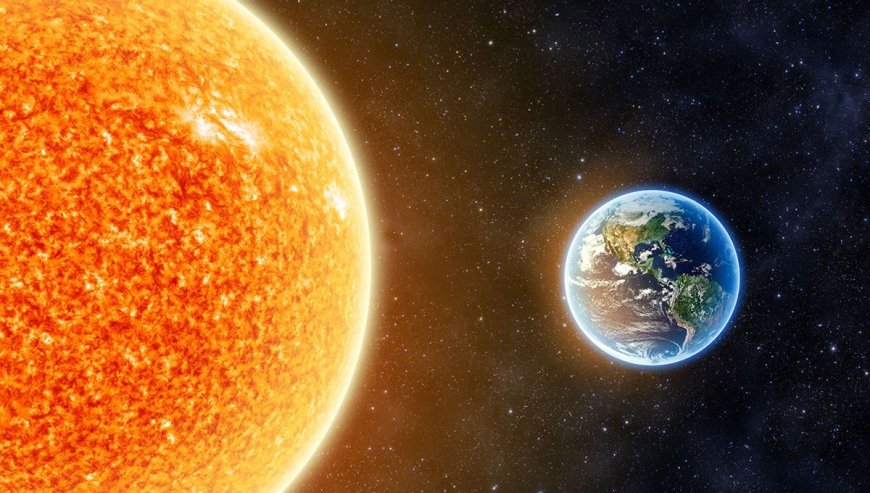Understanding the Size of Our Sun: How Many Earths Can Fit Inside?
Although our Sun is classified as an average-sized star, it reigns as the largest object in our Solar System. Remarkably, the Sun accounts for an astonishing 99.8% of the total mass in our Solar System. In contrast, the combined mass of all the planets makes up a mere 0.2% of the Sun's total mass. This stark difference highlights the Sun's dominance in our celestial neighborhood.
When pondering how many Earths can fit in the Sun, the answer can vary significantly based on the measurement method employed—whether by mass, volume, or diameter.
By Volume
In terms of volume, the Sun is colossal, boasting a volume of approximately 1,412,000 x 10^12 km³. In comparison, Earth’s volume is about 1.083 x 10^12 km³. This staggering difference means that around 1.3 million Earths could hypothetically fit inside the Sun if we were to pack them in tightly, without any gaps between them!
By Diameter
If we look at diameter, the Sun measures about 1,392,000 km (864,000 miles) across, while Earth’s diameter is only 12,742 km (7,917 miles). This means that 109 Earths could line up across the face of the Sun, demonstrating just how vast our star truly is.
Surface Area Comparison
The surface area of the Sun is also worth noting; it is 12,000 times larger than that of Earth, emphasizing the enormous scale of our solar beacon.
Other Planets in Perspective
What about the planets? How do they measure up against the Sun?
-
Jupiter, the largest planet in our Solar System, has a mass of 1,900 x 10^24 kg, making it 318 times the mass of Earth. It could fit into the Sun about 1,000 times.
-
On the other end of the spectrum, we have Mercury, the smallest planet. With a mass of only 0.330 x 10^24 kg, you would need around 21.2 million Mercurys to fill the Sun's mass.
-
When it comes to Pluto, the dwarf planet has just 1% of Earth’s mass, meaning that more than 200 million Plutos would be needed to equal the Sun's mass.
-
Additionally, our Moon is 400 times smaller than the Sun and 27 million times less massive. To match the Sun’s mass, you would require about 64.3 million Moons.
In summary, the question of how many Earths can fit in the Sun highlights the vastness of our star and offers a fascinating perspective on the scale of our Solar System. The immense size of the Sun not only shapes our planetary orbits but also plays a crucial role in supporting life on Earth. Understanding this relationship helps us appreciate our place in the cosmos.















